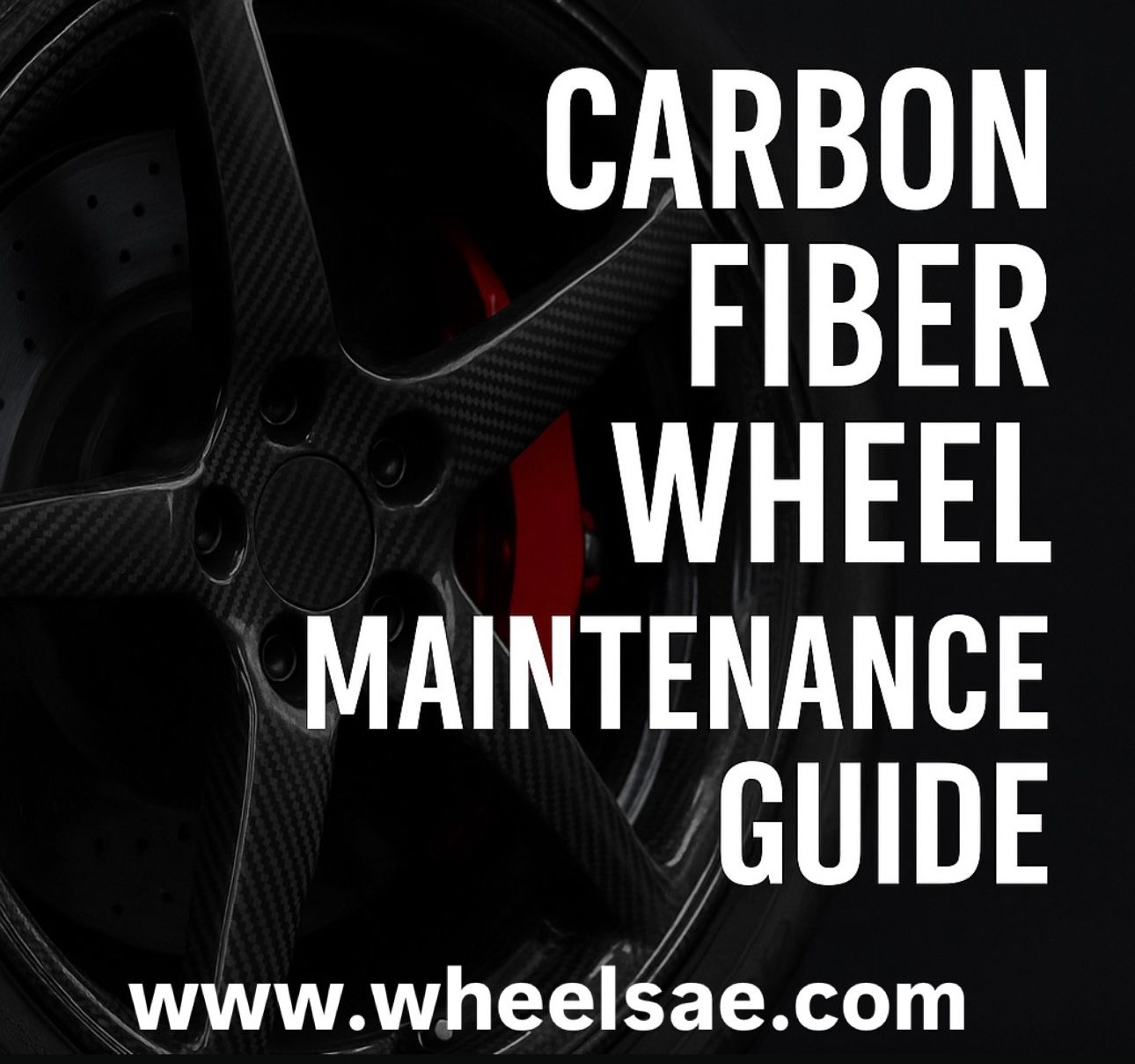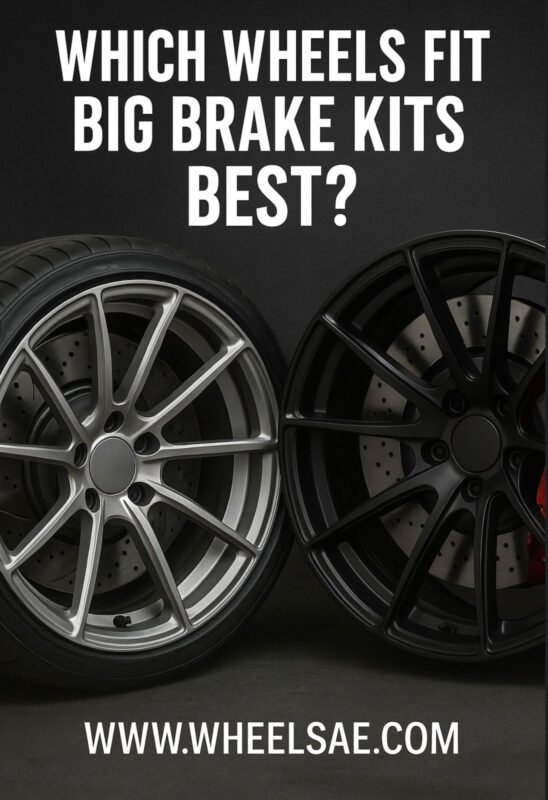carbon fiber wheel maintenance
Introduction: Why Carbon Fiber Wheels Need Special Attention
Carbon fiber wheels represent the pinnacle of performance and design in the automotive world. Lightweight, exceptionally strong, and visually stunning — they offer superior advantages over traditional alloy or forged aluminum wheels. However, carbon fiber wheel maintenance is not like maintaining regular rims. The unique structure and resin-based finishes of carbon wheels require careful attention, proper cleaning, and thoughtful protection routines.
In this guide, we’ll dive deep into every critical aspect of carbon fiber wheel maintenance, helping you preserve their structural integrity, aesthetics, and long-term performance — whether you’re driving a supercar, EV, or a track monster.
⸻
1. Understanding Carbon Fiber Wheel Construction
Before discussing maintenance, it’s important to understand what makes carbon fiber wheels different.
Carbon wheels are constructed from weaved carbon fabric layers infused with resin and cured under heat and pressure. They are either monoblock (one-piece) or two-piece hybrid structures (carbon barrels with alloy centers).
Their advantages include:
• Up to 50% lighter than forged aluminum
• Improved acceleration and braking
• Lower rotational inertia
• Stunning aesthetics with visible carbon weave patterns
But these benefits come with one major trade-off: sensitivity to heat, chemicals, and impacts. That’s why carbon fiber wheel maintenance is both critical and specialized.
⸻
2. Regular Cleaning: What You Should (and Shouldn’t) Do
Carbon wheels have a clear resin or UV-resistant topcoat that protects the carbon weave. However, that finish can degrade if exposed to the wrong chemicals or abrasion.
Best practices for cleaning:
• Use pH-neutral wheel cleaners specifically designed for delicate finishes
• Avoid acidic or alkaline cleaners (even ones safe for “aluminum wheels” may damage carbon)
• Rinse with cool water, especially after hard drives or track sessions
• Always use microfiber cloths or soft wheel brushes
• Never use abrasive pads, steel wool, or rough sponges
Pro tip: Clean your carbon fiber wheels once every 1-2 weeks, especially in sandy, humid, or urban environments like Dubai or Abu Dhabi where salt and dust can accumulate quickly.
⸻
3. Watch for Heat: Avoiding Thermal Damage
One of the biggest threats to carbon fiber wheels is excessive heat, especially if you run performance brake systems like big brake kits (BBKs).
Why heat matters:
• Excessive temperatures can degrade the epoxy resin
• Discoloration or hazing of the clear coat may occur
• In extreme cases, structural damage may happen if resin breaks down
Maintenance tips for heat protection:
• Use ceramic brake pads that produce less heat
• Let your car cool down before washing
• If tracking your car, consider thermal shields or brake ducting
• Avoid direct sunlight exposure for long periods
If your vehicle is parked outdoors often, consider UV-resistant wheel covers to protect the carbon finish.
⸻
4. Protective Coatings: Wax, Sealants, or Ceramic?
Applying a protective layer helps preserve the shine and prevent contaminants from bonding to the resin topcoat.
Safe coating options for carbon fiber wheel maintenance:
• Polymer-based wheel wax: Easy to apply, adds a sacrificial layer against brake dust
• Silica sealants: Provide longer-lasting protection against UV, water, and grime
• Ceramic coatings: The most durable option, lasting 12–24 months with proper prep
Important: Only use ceramic coatings specifically approved for carbon fiber or paint protection film. Avoid coatings with strong solvents that might damage the resin.
Apply coatings in a cool, shaded area and let them cure fully before driving.
⸻
5. Impact Inspection: Chips, Cracks & Deformations
Unlike forged metal wheels, carbon fiber doesn’t bend — it fractures. That means a small crack may compromise the integrity of the entire wheel.
Inspect your wheels regularly for:
• Hairline cracks around the spokes or barrel
• Chips in the resin layer
• Visible carbon fabric distortion
• Whistling or vibration at high speeds
If you notice damage, stop using the wheel immediately and contact a carbon wheel repair expert or the original manufacturer. NEVER try DIY repair with fillers or sanding.
⸻
6. Tire Mounting Precautions
Mounting tires onto carbon fiber wheels requires professional care.
Why?
• Carbon wheels can be damaged by metal tools or improper tire machine techniques
• Incorrect mounting can damage the bead seat or finish
Maintenance advice:
• Always go to a carbon wheel–certified tire center
• Use touchless tire changers
• Ensure technicians use plastic guards and follow low-pressure protocols
Improper mounting is one of the top causes of carbon wheel failure — especially in low-profile tire setups.
⸻
7. Seasonal Care and Storage
If you swap wheels for different seasons (like winter storage or track use), store your carbon fiber wheels correctly.
Storage tips:
• Clean and fully dry the wheels before storing
• Store horizontally with protective padding between each wheel
• Keep them in a cool, dry indoor space, away from sunlight
• Avoid stacking heavy items on top
Long-term exposure to moisture, temperature changes, or pressure can warp or degrade the finish.
⸻
8. Don’t Forget the Valve Stems and Lugs
Even small details matter in carbon fiber wheel maintenance.
Valve stems:
• Use rubber or silicone-sealed stems (not metal-to-carbon contact)
• Periodically check for slow leaks
Lug nuts:
• Use torque-limiting tools
• Avoid over-tightening, which can stress the wheel center
• Consider aluminum or titanium lugs with plastic collars
⸻
9. When to Replace Carbon Fiber Wheels
Carbon fiber wheels are not immortal. Replace them if:
• You’ve noticed cracks or damage after impacts
• You see clear resin delamination
• Your wheel is out of balance even after rebalancing
Carbon wheels usually last 5–10 years with proper maintenance — less if tracked aggressively.
⸻
Conclusion: Respect the Technology, Reap the Benefits
Owning carbon fiber wheels is like owning a high-performance machine. With their breathtaking design and performance perks comes the responsibility of proper maintenance.
By following these carbon fiber wheel maintenance tips — from careful cleaning to impact inspections and seasonal storage — you can ensure your investment stays safe, stylish, and high-performing for years to come.
⸻
✅ Suggested by WheelsAE.com
For premium carbon fiber wheels and expert advice, visit our official website or explore our custom forged wheel collection.




